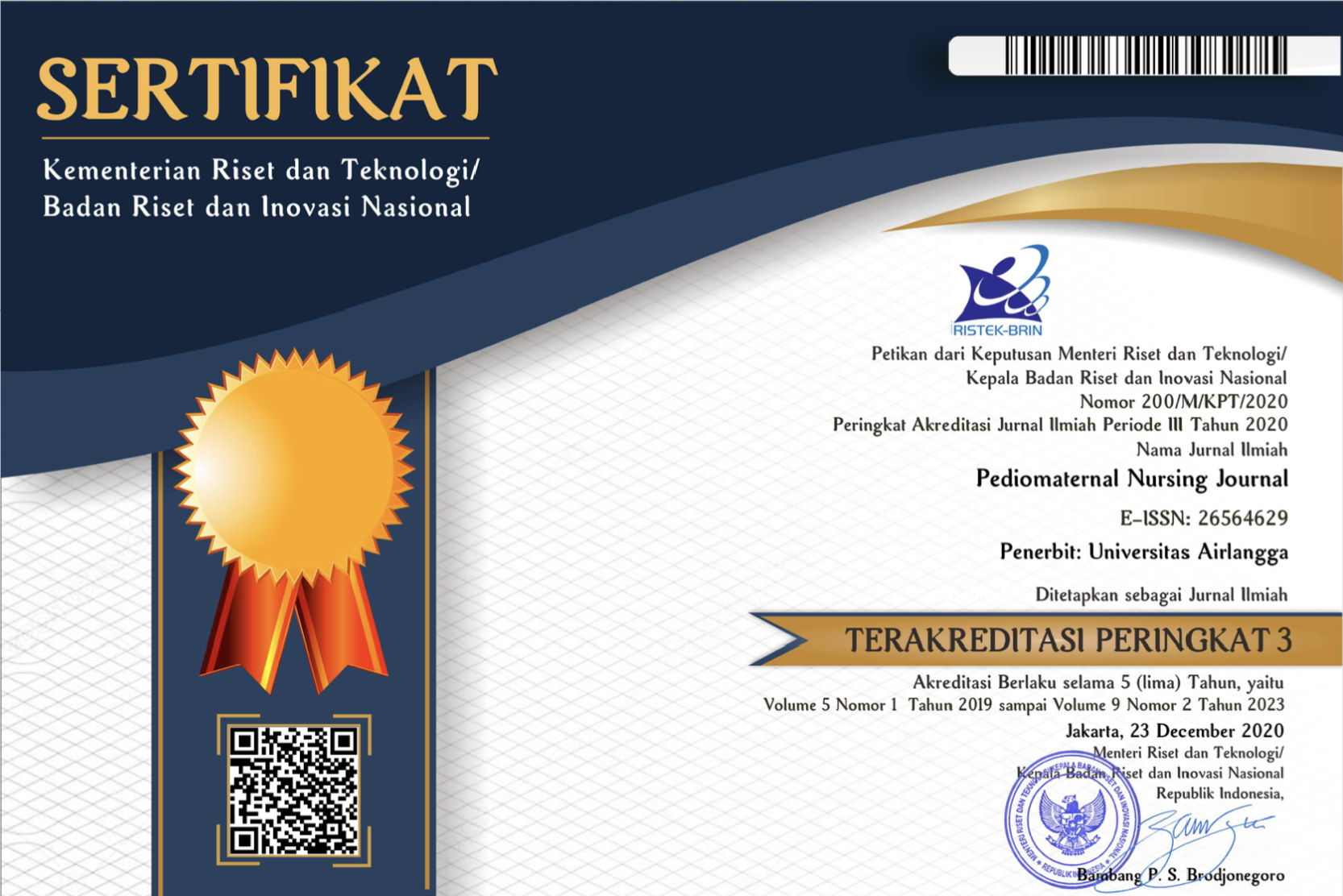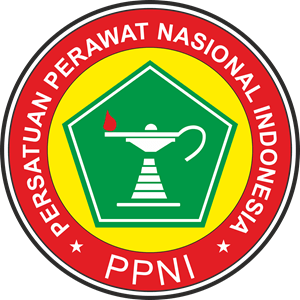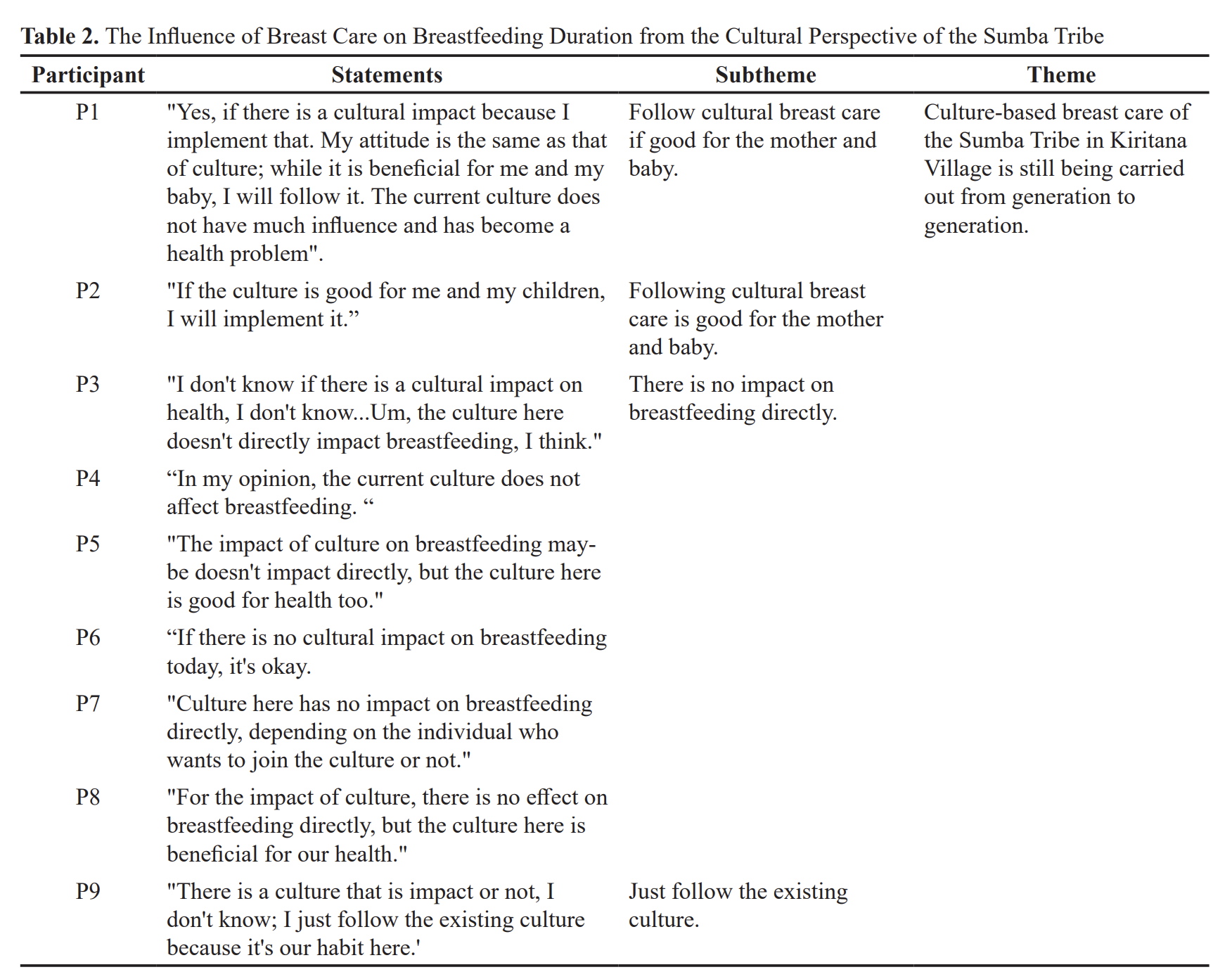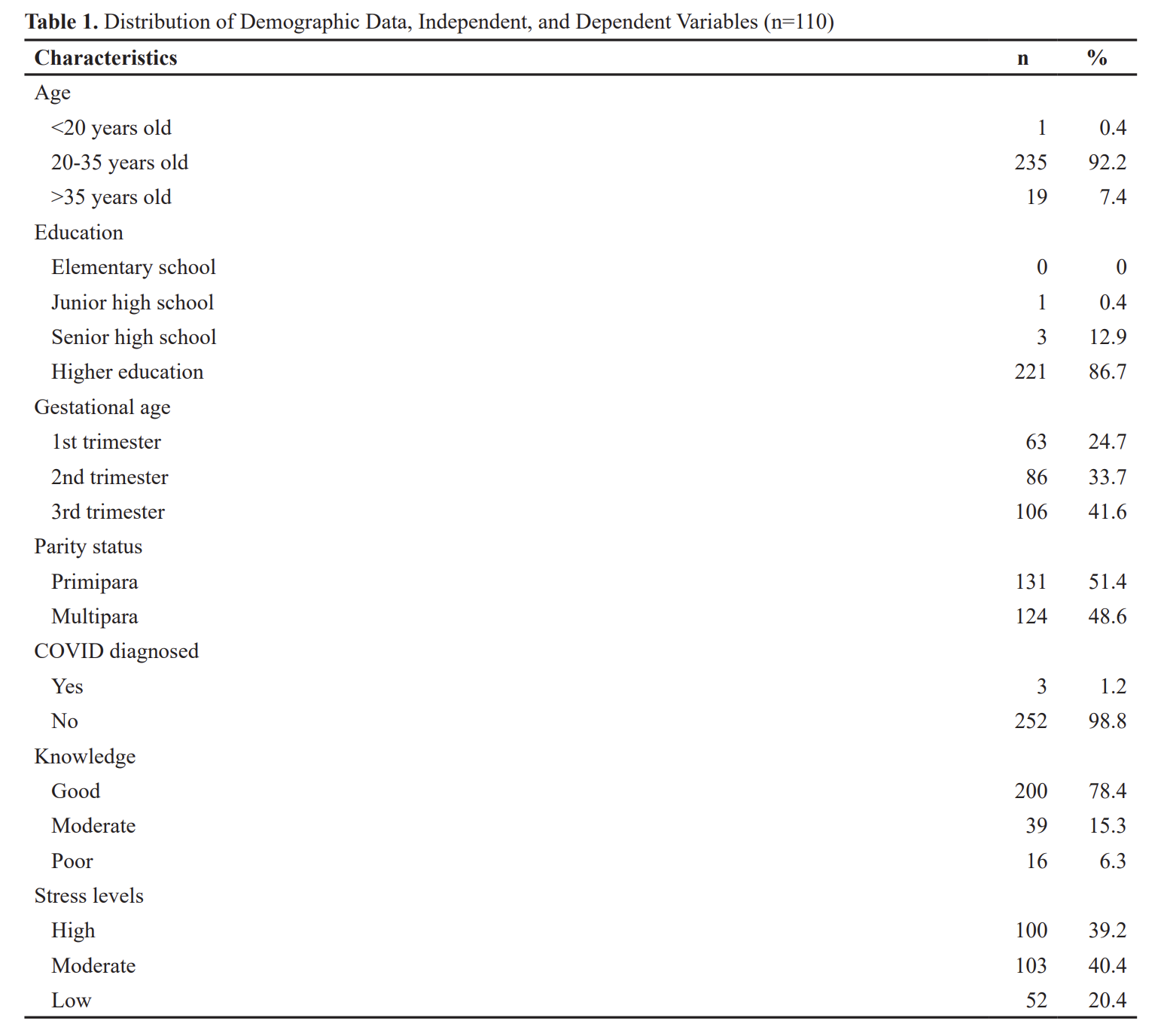Perception and Prevalence of Bullying Among Junior High School Students of Biliran Province State University
Downloads
Introduction: A school is where a student learns and molds into the desired individual but sometimes, a place where the famous and beautiful are honored and respected while the poor little ones are experience bullying. This study aims to determine the perceptions and prevalence of bullying to design a plan addressing issues on students' predicaments in Biliran Province State University (BiPSU).
Methods: The researchers made use of the Statistical Package for the Social Sciences (SPSS)-Descriptive Statistics' frequency, percentile and central tendency, where variables as to profile, perception and prevalence of bullying among secondary students are statistically analyzed.
Results: Students' perception of bullying is significant than its prevalence. Students have increased knowledge and awareness of bullying. However, though less notable than the perception, the pervasiveness of bullying is still considerable.
Conclusion: The majority of the respondents have not experienced bullying. Students think that bullying at school happens once or twice a term. Student's perception of bullying is more eminent than its prevalence. These pervasion results are meaningful because students' reflection in bullying is distinguished.
Anderson, J. (2011). National Study Finds Widespread Sexual Harassment of Students in Grades 7 to 12. Diambil kembali dari The New York Times.
Langcamon, L., & Enderez, D. (2014). Bullying, Is Still A Big Problem. Diambil kembali dari https://www.slideshare.net/skylarkXoXo21/research-study-about-bullying
Limber, S., Wang, W., Masiello, M., & Olweus, D. (2018). Evaluation of the Olweus Bullying Prevention Program: A large scale study of U.S. students in grades 3–11. Research Gate.
Loveless, B. (2021). Bullying Epidemic: Facts, Statistics and Prevention. Diambil kembali dari https://www.educationcorner.com/bullying-facts-statistics-and-prevention.html
Lumen Learning. (2011). Descriptive Research. Diambil kembali dari https://courses.lumenlearning.com/wmopen-psychology/chapter/outcome-approaches-to-research/
Maunder, R., Tattersall, A., & Harrop, A. (2010). Pupil and staff perceptions of bullying in secondary schools: Comparing behavioural definitions and their perceived seriousness. Researchgate. doi:10.1080/00131881.2010.504062
Namie, G. (2011). Moderate to Severe Bullying. Diambil kembali dari https://www.safeathopkins.org/workplace-bullying/moderate-to-severe-bullying/
National Bullying Prevention Center. (2016). Bullying statistics. Diambil kembali dari https://www.pacer.org/bullying/resources/stats.asp
National Center for Education Statistics. (1995, November). The Educational Progress of Women. Diambil kembali dari https://nces.ed.gov/pubs/96768.pdf
Question Pro. (2012). Descriptive Research: Definition, Characteristics, Methods, Examples and Advantages. Diambil kembali dari https://www.questionpro.com/blog/descriptive-research/
Rigby, K., & Johnson, K. (2015). THE PREVALENCE AND EFFECTIVENESS OF ANTI-BULLYING STRATEGIES EMPLOYED IN AUSTRALIAN SCHOOLS. Diambil kembali dari University of South Australia.
Teen Ink. (2011). Bullying in School. Diambil kembali dari https://www.teenink.com/opinion/school_college/article/331645/Bullying-in-School/
Turkmen, D. N., Dokgoz, M. H., Akgoz, S., Eren, B., Vural, H., & Polat, H. (2013). Bullying among High School Students. Diambil kembali dari https://www.ncbi.nlm.nih.gov/pmc/articles/PMC3865123/
Copyright (c) 2021 Jovy Dia R. Saniel, Charlotte C. Opeña, Joice Balondo Balondo, Allyza Mariz B. Bunda, Liezl B. Tambis

This work is licensed under a Creative Commons Attribution 4.0 International License.
1. The journal allows the author to hold the copyright of the article without restrictions.
2. The journal allows the author(s) to retain publishing rights without restrictions.
3. The legal formal aspect of journal publication accessibility refers to Creative Commons Attribution (CC BY).





















